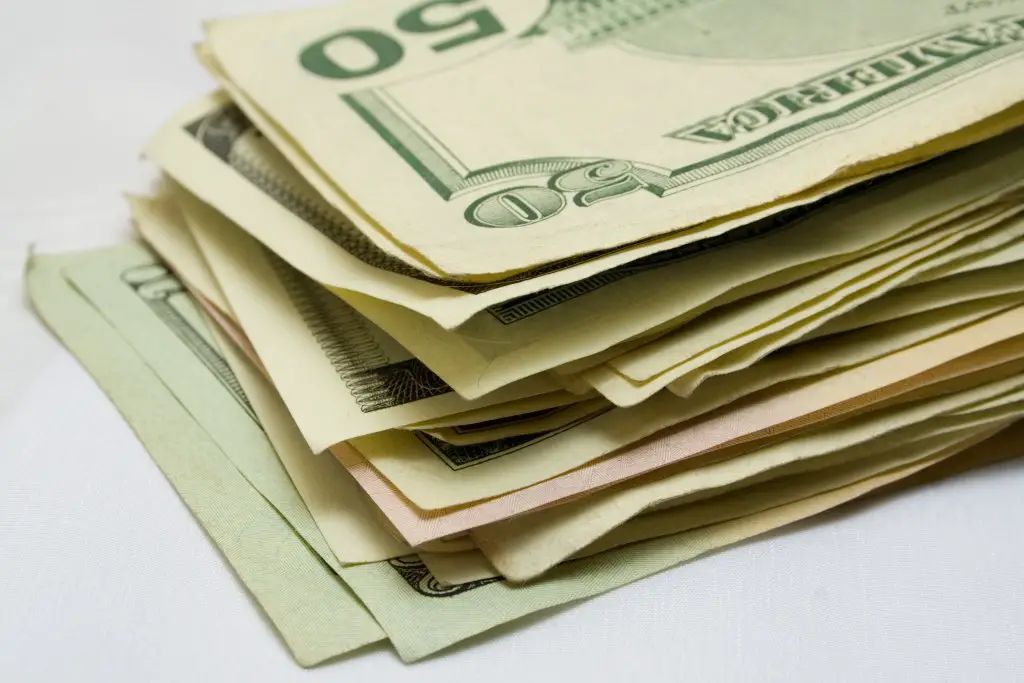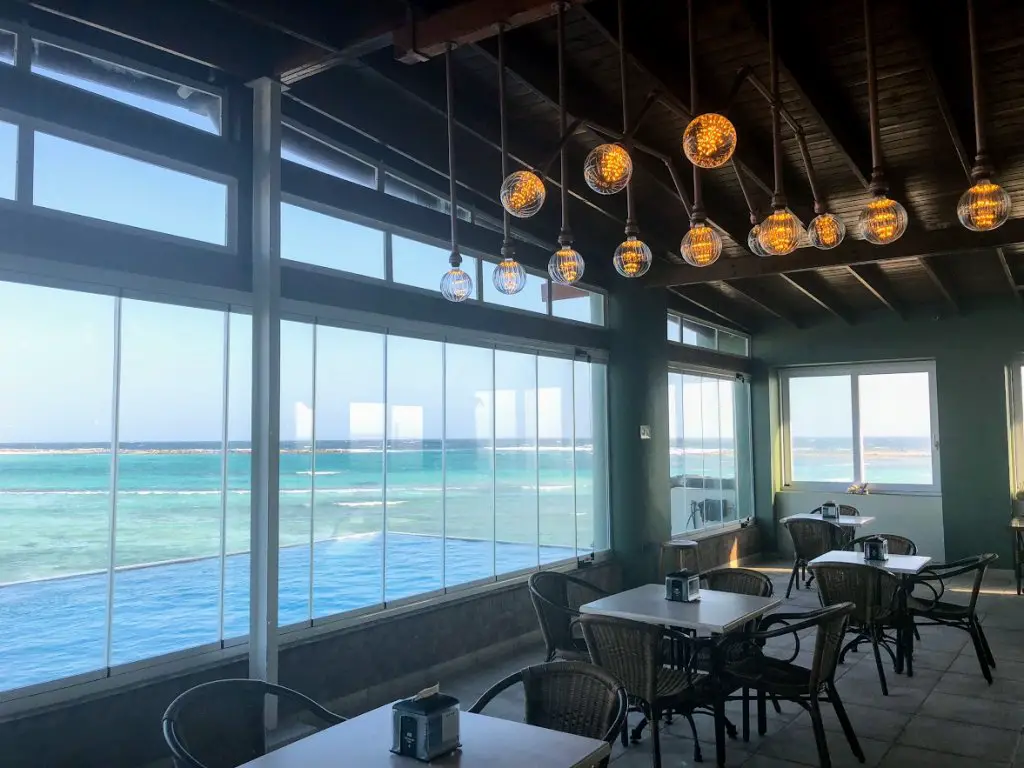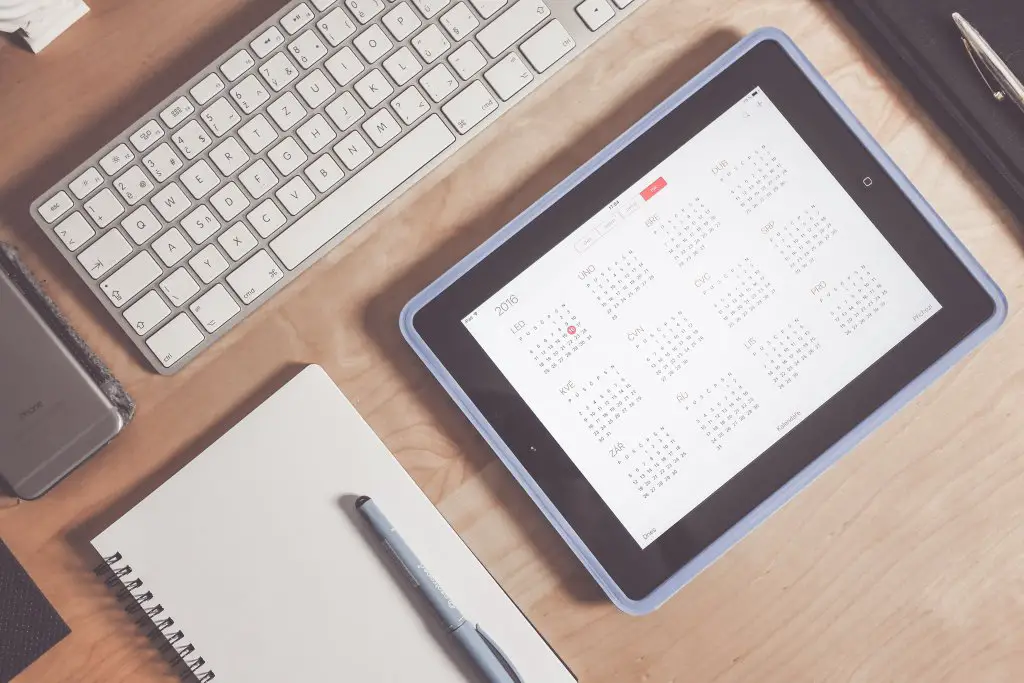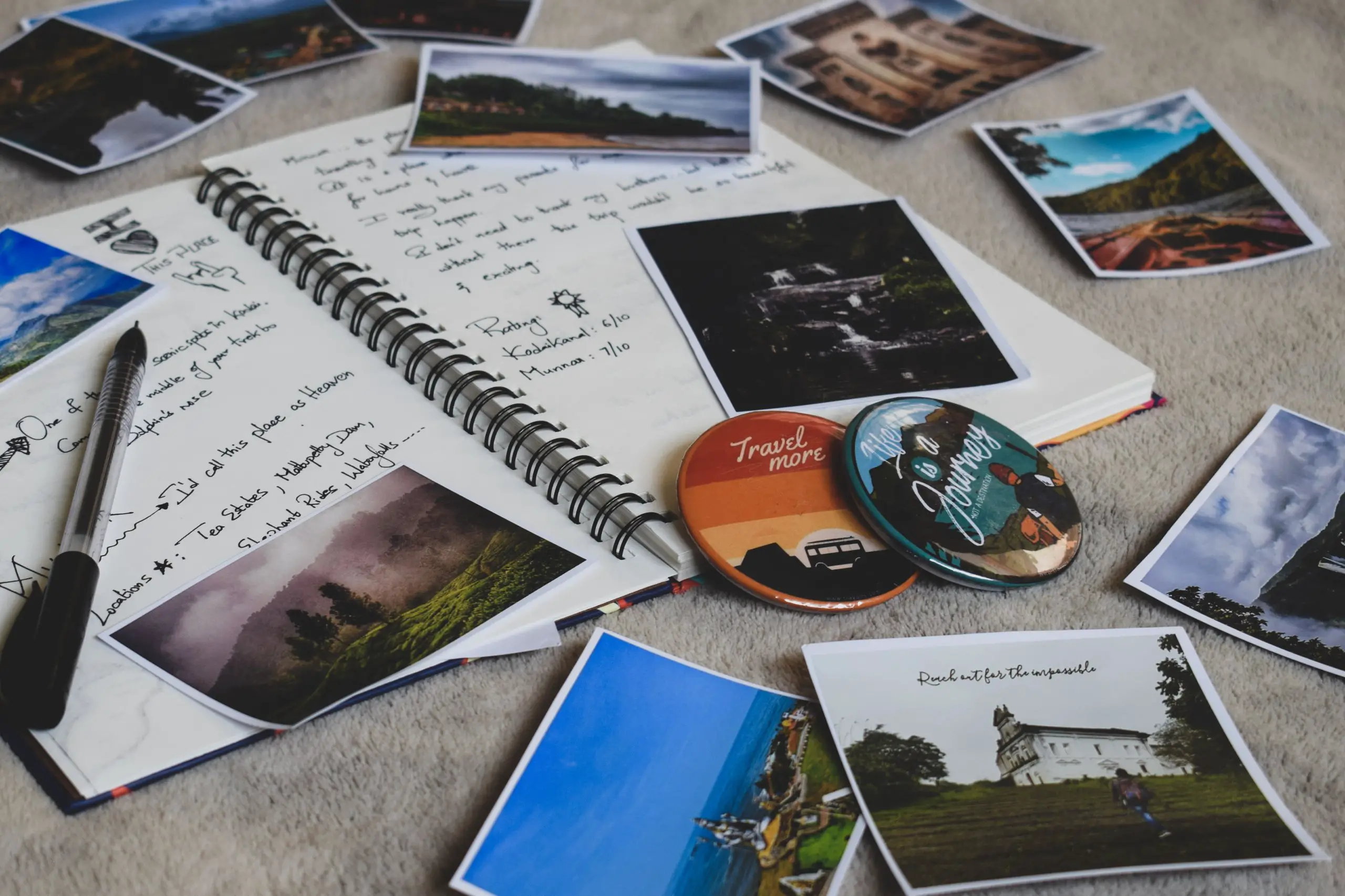What in the world is going on? We’re not going out to eat. Our grocery bills are through the roof. We aren’t spending money on gas or a night at the bar. And we hear more talk about layoffs, furlough, stimulus checks, pay cuts, and unemployment than we have in our entire lives. It’s pretty weird…
And as a result, our brains go into panic mode. Am I going to lose my job? What can I afford? I really need more wine…but wait, how much money do I even have? Wooosah. Take a step back. Breathe. Assess the situation. And shift gears. There are steps we can take to manage our money vs. it managing us in times of uncertainty. And believe it or not, it’s possible to use this time to hoard some extra cash for a future trip.
Saving money to travel might just be the motivation we need to get through this! Here is how you can both manage your money and save to travel during the COVID-19 outbreak:

1. Stash What You Already Saved
You had a trip planned but COVID-19 stole it. Just like that. But he can’t have it forever. Whether you had $100 saved up or $1,500, stash it away and it’s there when this is over. Don’t go on a shopping spree or buy 550 rolls of toilet paper. Pretend like it’s not there!
You may take the trip you originally planned. Or maybe you start with what you’ve got, continue to save, and come out of this with a suitcase full of cash for an even better trip! Hey, anything is possible. But don’t let what you’ve already saved just fly out the window unless you absolutely need it for survival. It started as a travel fund and should finish as one! For more, read My Trip is Canceled Because of COVID-19: Now What?
2. Rework Your Budget
Things are different, and our budgets need to reflect that. Before you start to rework your budget, here are a couple of quick tips:
- SHORTER BUDGET PERIOD: Depending on how often you are receiving income, switch to a week or two-week budget vs. a month. We don’t want to count on future money right now when things can change in an instant.
- FOCUS ON THE NOW: Write out your situation that’s taking place right now. Don’t worry about anything that’s not happening yet.
- ONE PERSON BUDGET: What’s outlined below is focusing on what YOU earn. If you have a significant other and want to combine, no problem. It works the same. And you may be relying more on one person right now.
All right. I prefer to do this in an Excel spreadsheet. You may choose pen and paper. Anything that works for you. First step:
INCOME: ADD UP WHAT YOU EARN ON A WEEKLY OR BI-WEEKLY BASIS.
Are you still getting a paycheck? Have you filed for unemployment? Do you have a side hustle? Whatever green numbers are hitting your bank statement, figure out the total.
NOTE: Don’t add one-time payments like stimulus checks. This isn’t coming on a consistent basis. I’ll give you tips on that below.
NEEDS: SUBTRACT YOUR NECESSARY EXPENSES.
We still need to pay for a roof over our heads. The lights and gas need to work. Eating is still required—though it looks different than it did before! All summed up: OUR NEEDS HAVE CHANGED. You cannot use the same budget as before. OR assume that because you’re not buying gas or going out to eat that you can just spend money willy nilly! So. Break it down, each item gets a line. How much do you spend on needs? If it’s once a month, divide by 2 for biweekly budgets and 4 for weekly.
- MORTGAGE/RENT: Easy. Same as always. Divide by 2 or 4 weeks.
- BILLS: Take an approximate of each monthly bill, add them up. Don’t forget to divide it.
- TRANSPORTATION: Lower because of gas. Still have your loan and insurance. Again, divide by weeks in your budget.
- GROCERIES (this does not include Door Dash or Bite Squad!): Higher. Lots of home-cooked meals these days. And I bumped it up even more with all the extra cleaning supplies!
- OTHERS DEBTS; Student loans, credit cards, etc. Note that a lot of companies are flexible and willing to work with you right now. Give them a call to work out a deal that works into your budget.
- NEEDS = A TOTAL FROM ALL OF THE ABOVE

INCOME – NEEDS = $X
If you are in the negative, it’s time to adjust what’s above where you can and determine a way to increase your income. Jobs are still out there. Sell assets. Take surveys online. Anything! Here are great ideas from Dave Ramsey: 4 Ways to Make Temporary Income During the Coronavirus.
If you’re above $0 after subtracting your needs, take a deep breath and keep going!
SAVE: SUBTRACT AN AMOUNT YOU FEEL COMFORTABLE PUTTING AWAY.
Do your best to save as much money as possible right now. Aim for 20% of what’s coming in—INCOME x .20 = WHAT TO SAVE. This will help build your emergency fund (at least 3 months of living expenses) and give you more peace of mind as our lives change from week to week. If 20% is impossible, save what you can. 10%, 5%, and 2% are all better than 0%. Determine a number and transfer it over THE DAY YOU RECEIVE INCOME. In other words, you’ve heard it before—pay yourself first.
INCOME – NEEDS – SAVINGS = $X
If this area took you into the negative, it’s okay. Don’t panic. You have your NEEDS. Save what you can. Tread water right now. This isn’t going to last forever and you have a couple of options:
- Lower the 20% to 10% or whatever makes sense. Keep a small amount for WANTS and keep going.
- Forego your WANTS until you have a 3-month nest egg, and skip down to #4.
If you’re above $0, take a deep breath and keep going! It starts getting fun now…

WANTS: SUBTRACT WHAT YOU BUY BECAUSE IT MAKES YOU HAPPY. (Guess what…here comes your next trip!)
If your income allows for WANTS at this time, you can be stashing away money to take an awesome trip when this is over. But you have a bit more work to do because it’s likely not the only thing you want. Lord knows we need some decent wine and a good book. At least…
Take your number from above (INCOME – NEEDS – SAVINGS = $X) and that is what you can spend on whatever you want, including money to travel! Remember to follow your budget cadence. So each line will be based on a weekly or biweekly basis. I like to break it down into smaller categories:
- NEED-WANTS: Start here. Things you pretty much need to buy, but it isn’t required to survive. House fixes/updates, hair appointments (goodness, how bad is everyone’s right now…), gifts, etc. I like to save for these on a monthly basis because I know they are coming and I want the money there when the time comes.
- GIVING: Giving back is so important right now if you have the money. Do what you can. Even $20 helps someone out.
- WANT-WANTS: What makes you feel happy? You by no means need to buy these things but really enjoy doing it. For example, beer/wine, books, and occasional food delivery service. Maybe a new pair of gray sweatpants lol. And of course:
- MONEY TO TRAVEL: Its own separate category and the biggest percentage of my WANTS. I add up everything else from above and do TRAVEL last. That way, I can either save everything that’s left after subtracting the above OR adjust the above to save more on travel and know what I’m sacrificing to do so.
- WANTS = A TOTAL FROM ALL OF THE ABOVE
Tip: if you are having trouble thinking of what you buy on a consistent basis, check out your bank statements from the last three months. Those things don’t lie.
And think about it: if you carve out $25 a week of money to travel and the quarantine lasts until the end of July (don’t cry…I’m just saying), then you are going to come out of this with $400! Just like that! Combine that with all the tips from this blog and you could be going to Fiji!
INCOME – NEEDS – SAVINGS – WANTS = $0

There you have it! Your budget is reworked and you have a better idea of what’s coming in and what you can afford to go out. Quick recap because that was a lot.
- Don’t spend what you originally saved to take a trip. Stash it!
- Rework your budget. Figure out income. Subtract what you need. Subtract a portion to save. And then, if possible, play around with what’s left and watch travel savings grow.
- Don’t leave yet…there’s MORE on saving money to travel during the COVID-19 outbreak.
3. Continue to Save for Unlikely Trips
You may have a trip planned later this spring or summer. We don’t know if those are going to happen, but, unfortunately, it keeps getting more unlikely. But don’t let that stop you! We don’t know for certain. And you don’t want to be coming up on your trip and have nothing saved because you ordered 4 too many pizzas and had wine delivered to your door every week. Your mindset was already on saving for the trip so keep it in your budget.
4. The Stimulus Check
If you are in the group of people receiving money from the government, don’t put this in your budget. Treat it separately, but still “budget it out.” What I mean by that, is to decide in advance what you are going to spend your money on. If you don’t, that check is going to be gone WAY faster than it took to even get to you (which by the way, where are these damn things?) You may find yourself in one of these situations:

Let’s say you are getting $1,200. Now look at your budget. In which category do you run out of money?
NEEDS: You are having trouble and just getting by these days. Above all, you need to distribute it by NEEDS ONLY. Do not get this check and immediately order Jimmy Johns. Save and distribute what is going to help keep your lights on for a month or so and knockdown debt.
- RENT/MORTGAGE: $600
- BILLS: $200
- GROCERIES $200
- DEBT: $200
SAVE: You have enough coming in to survive but you can’t seem to boost your savings and emergency fund. This check is so crucial to do that. Put it into your savings account and pretend you never even saw it in the first place. This check alone is nearly 1/3 of a solid emergency fund.
And okay cool, use $50-100 on something that makes you happy. Whether that’s a one time spend or saved for an experience in the future is up to you. You already know what I would do!
- SAVE: $1,100
- DOOR DASH MEAL, BOTTLE OF WINE, AND A NEW BOOK: $100 OR
- MONEY TO TRAVEL: $100
WANTS: You’re okay for now. You are likely still working and your budget is close to regularly scheduled programming. If this is you, focus on giving. SO many people are in the two categories above and need help right now. Think about your family and friends. Who is going to greatly appreciate $100 gift card to the grocery store? Or which organizations are giving back in a way that resonates with you? Dedicate a few hundred dollars to helping others.
Another area you may want to think about is investing. Stocks are “on sale” as we speak. Get ready to jump in or keep it going. Use some to bump up your savings. And of course, put a little away to travel. Even $200 is a plane ticket somewhere! Little by little, $25 here, $200 there, you are going to have a nice chunk of change at the end of this for a GETAWAY!
- GIVE: $300
- INVEST: $300
- SAVE: $300
- MONEY TO TRAVEL: $300

5. Stay Consistent & Flexible
It’s one thing to take the time to build this out. But the next step is staying consistent. For instance, check your bank account often. Don’t go over on your categories, and if you do, make sure to take it out of another area. Explore other ways to receive income. If you get a stimulus check, stick to your plan! I promise budgeting is not as scary as people make it seem. It actually ends up freeing you of worry and anxiety when every purchase can be made with confidence.
6. Lastly, Have a Goal
After going through all of this you probably have a good idea about how much you can realistically save to travel right now. If you have consistent money coming in, you could have thousands dedicated to a trip when this is over. Write down a specific goal that holds you accountable for finding money to travel during COVID-19. For example:
- Save $1,000 by the end of June.
- Stash and don’t spend anything I saved for my pre-COVID trip.
- Save $300 for my flight to XYZ.
- Limit food delivery to once per paycheck and save the remaining $X.
This Will Be Worth It
Is this what we wanted? Absolutely not. It’s weird and overwhelming and if I have one more trip canceled, I might combust. But, it’s time to control what you can control, stay positive, save money to travel, stay afloat, and read How to Bring Vacation to You! Better days ahead—ones filled with tropical drinks, hiking adventures, wild nights with friends, and new experiences.


